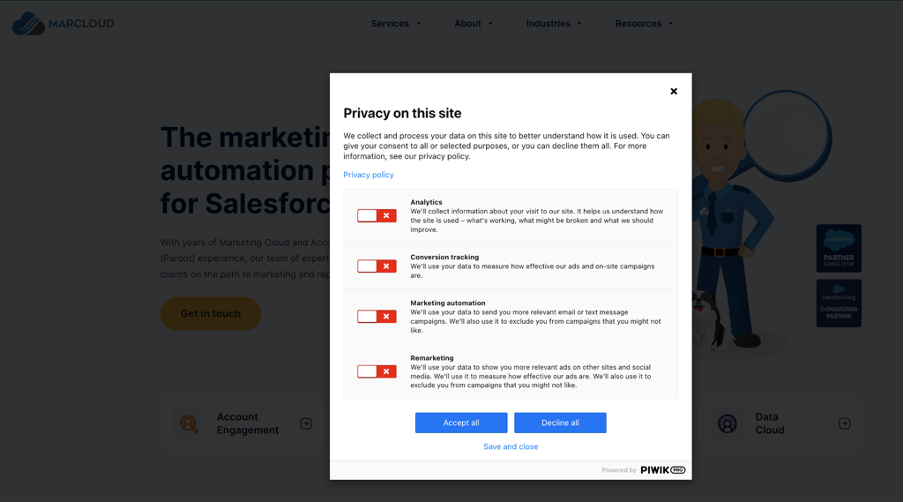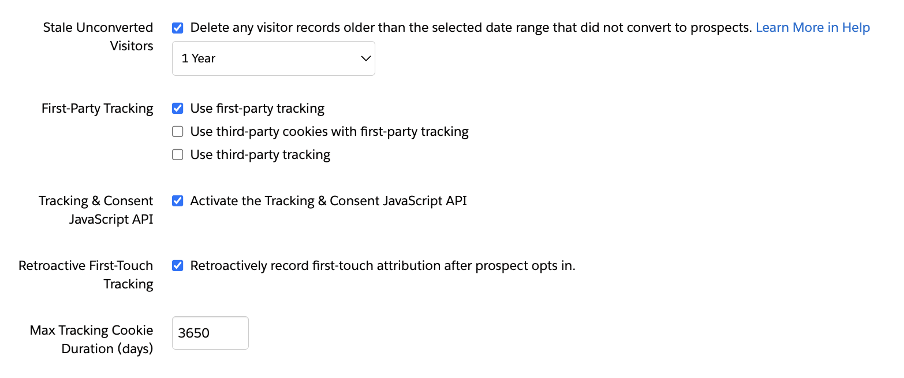1. Understand the lay of the land
The first step is to understand how your cookie consent tool will work and what tool you use to manage scripts.
It’s common for companies to use Google Tag Manager and if this applies to you, it will be important to read the technical documentation on how to integrate your cookie consent tool with GTM. Every reputable consent platform should have documentation!
Some tools are quite intuitive and operate an auto-blocking feature that will prevent code running on the site, and will even auto-categorise your cookies.
Other tools might be free, or quite basic, and in these instances, you may need to configure triggers in Google Tag Manager to listen for when permission is attained.
For example, in OneTrust you can listen for when the OptanonConsent cookie contains C:0004:1 - which means ‘Targeting cookies’ have been accepted. You can duplicate this trigger to listen for C:0004:0 to know when the permission has been retracted, too.
At MarCloud, we don’t use Google Tag Manager. We use ‘Piwik Pro’ which has a tag manager and consent tool all-in-one. We opt for this approach simply because we like to go all-in on compliance across GDPR, HIPAA (Health Insurance Portability and Accountability Act), TTDSG (German Federal Act on Privacy in Telecommunications and Telemedia), etc.








